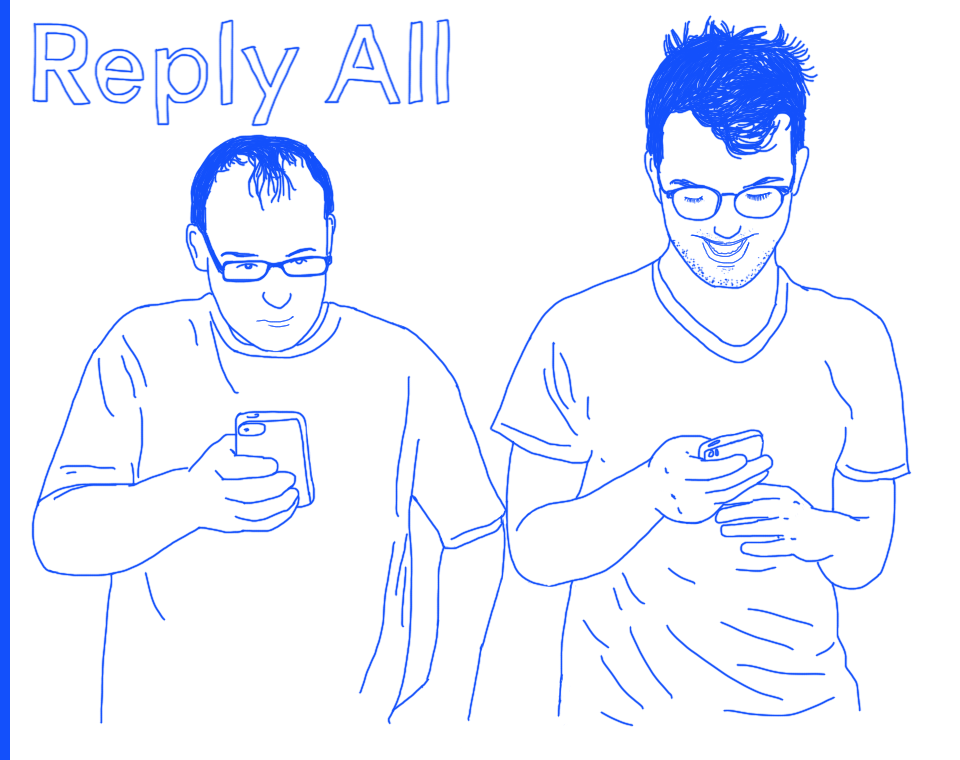Friendmendations 3.15.21
(this one's a little different)

Hello, friends. Happy (?) one-year anniversary of society collapsing. Personally, I’ve had an extremely bad past few months between a death in the family, the subsequent grief and logistical nightmares, the coup that happened, covid spikes, a bad living situation, starting a new job amidst all that turmoil, and the looming reminder that we’re about to hit One Year of This Shit. Weirdly, then, I think I’ve spent my angst reserves and can feel nothing about this milestone. I’m grateful for more daylight, living with a good friend, and the fact that many of my loved ones are getting the vaccine. That’s all I have the emotional capacity for right now, and I’m fine with that.
On a much more specific topic, I’m very disturbed by the current state of Substack, the company that hosts this newsletter. Trans writer Jude Ellison S. Doyle wrote an illuminating post about how he was recruited to the platform; specifically, founder Hamish McKenzie named The Toast co-founders Daniel Lavery, a trans man, and Nicole Cliffe, a queer cis woman, as two examples of writers using Substack. (Writers Anne Thériault and Parker Malloy have since shared that they received the same pitch, with the same names.) Doyle was not offered any money to join the platform, but since it’s taken off — because of the labor of writers like Doyle, Lavery, and Cliffe — Substack has started recruiting writers by offering large large advances. Several of these paid writers, like Glenn Greenwald, actively harm trans people. Substack now hosts the newsletters of many anti-trans assholes, like Jesse Singal and Graham Linehan, and general assholes, like Bari Weiss and Andrew Sullivan.
I follow a lot of writers on Twitter, and last week I watched another shockwave of mass layouts ripple across my timeline, this time at HuffPost. If you’re not tuned into that world, the online media landscape is collapsing. It’s getting harder every year to get paid for your writing and make a stable life for yourself as a writer online. For that reason, I’ve always been so excited by the promise of Substack: that you can cultivate an audience and actually get paid for your work. Last February, I attended a meetup for Substack writers (at which co-founder Hamish McKenzie was present), and it was so inspiring to hear from the authors of successful newsletters and talk to other people working to get theirs off the ground. When the pandemic hit, I was grateful that I had a space that couldn’t be taken away from me, an outlet that I could control no matter what chaos was unfolding in the real world.
Hamish’s response to Doyle’s post was an “explanation” of “why Substack pays writers,” which didn’t directly address any of Doyle’s points but did suggest that “controversial” transphobes are “deserving of support.” He also stated that Substack will not be revealing which writers got advances, “because it is their private information and up to them whether or not they want it publicly known,” a choice that feels disingenuous because Substack did publicly announce which writers received grants from their pandemic assistance program.
I’ve been on the internet for a while now. Time and time again, I watch a platform get overrun by maniacs while the (straight, white, male) founders of the platform say that stopping bad behavior would be “censoring” “free speech.” The power dynamics online end up replicating the ones in real life: marginalized voices are drowned out, vulnerable people are driven away, and hateful views are allowed to spread. Ryan Broderick described this pattern well, comparing the new class of TERF writers succeeding on Substack with “the MAGA influencers who spent the last four years constantly pushing and testing every boundary of Twitter,” another platform that chose not to pursue any meaningful moderation policies for way, way too long. “They usually align over vague common interests and an obsession with posting,” writes Broderick. “Their over-engagement with the platform helps them amass huge followings. They learn to network together more and more effectively. Then, most importantly, they begin to escalate.”
Any platform that hosts writers is, in some way, making editorial decisions (even ones that do not literally provide cash advances to certain users, a fact that makes Substack’s case particularly egregious). In his post, Hamish wrote, “We do not approach this process [of recruiting paid writers] from the perspective of a publisher, looking to gather a particular type of content under our brand, but with the eye of an investor, looking to stimulate a new generation of profitable media businesses. We want to help writers flourish.” I feel that these goals are incompatible if there is no clear, meaningful moderation strategy. The writers that will flourish are the ones doing the most harm, which creates a chilling effect for marginalized writers, who will certainly not flourish. (Grace Lavery, for instance, has not posted on Substack since early January, following hateful claims in Graham Linehan’s Substack newsletter that being a trans woman in academia makes her guilty of grooming and pedophilia.) There is an enormous difference between providing a place to build a stable revenue stream for journalists and creatives who would otherwise be at the whims of a collapsing industry and providing a platform for hate that would otherwise not be tolerated by outlets with publishing standards.
I’m writing this on Sunday, March 14th, and it seems that Substack is attempting some damage control tactics. Earlier today, Doyle shared that Substack offered him a Substack Pro deal, which he declined if the platform will continue to host and profit from TERFs.
I don’t know if Substack will make changes that make it a more morally acceptable platform to profit from. I don’t make a lot of money from this newsletter, but I do make a little, and that doesn’t feel good right now. I’ll be following the developments with this issue and examining whether they will significantly support marginalized writers or just create a veneer of “balance.” Overall, though, I think it’s important to listen to trans people when they say “This is threatening us,” because they know better than cis people who say “Actually, it’s not.” That’s what’s happening right now, and it’s extremely disappointing.
Anyway. Here are some recs.
Another disappointing company

Hey, speaking of things that once brought you joy but are now troubling you, anyone following the fallout at Gimlet Media? I really appreciated the NYT’s clear outline of the situation, particularly the compilation of supporting accounts like James T. Green’s damning description of his time at the company. It’s also important to consider the role of union-busting in the Gimlet saga. Sarah Jaffe wrote a great profile on those working to unionize the company, which was itself “a way for… workers of color to change power dynamics at the company, and bring diversity to the bargaining table.”
The whole story offers much-needed perspective on diversity in a startup environment, though it’s so upsetting that any lessons learned will come at the expense of POC employees. The Gimlet union finally reached a deal for its first contract with parent company Spotify, and I’m sincerely hoping that conditions improve and the company can produce great podcasts in a more ethical way.
Okay let’s chill
This has all been very intense. Let’s unwind with the gorgeous home of gorgeous people Emmy Raver-Lampman and Daveed Diggs. (h/t Jarett Wieselman on Twitter!)
A drink with no alcohol

I needed a recipe for a mocktail ASAP, so I hit up my beloved friend Maureen both because she’s an extremely good cook who added mixology to her repertoire during quarantine, and also because she’s a reliable person who will respond quickly if I’m like “can I get a mocktail recipe in like…. the next 5 minutes.” She came through with this spicy margarita mocktail from Jillian Fisher. The jalapeños and vinegar made it feel like an adult drink and not a punch for children, which was my main criteria for a mocktail. Apparently you were only supposed to add one or the other, but I didn’t read that because I was in a hurry. And it was still delicious! The Demerara sugar rim offset the spiciness perfectly.
A cake WITH alcohol

I needed the mocktail for a get-together for my brother’s birthday, since everyone in my bubble is having birthdays this season. He requested his favorite cake, a chocolate Kahlua bundt cake from the Cake Mix Doctor, which our other brother made. (We don’t add any glaze to it, just powdered sugar on top and Kahlua drizzled into holes poked into the cake with a skewer.) This cake manages to be super moist but also so light that you could eat two pieces in one sitting, which I did and no one should judge me for that.
One more chill thing
a viiiiiiibe
Okay, I love you all. I leave you with this beautiful TikTok.
This week last year:
“Friendmendations 3.16.20” — I sent this the morning before getting laid off from my job, which is weird in retrospect. I shared a different alcoholic cake recipe and good links about Elvis and the Jonas Brothers and some enjoyably distracting videos, and they all hold up.
“Truth hurts!” — a post about a terrible Gwen Stefani album that I’d obviously drafted before I got laid off, lol
“Celebrities in Containment Getting Cancelled” — the celebrities, God bless them. They lost it so early. Just immediately snapped. Incredible.
